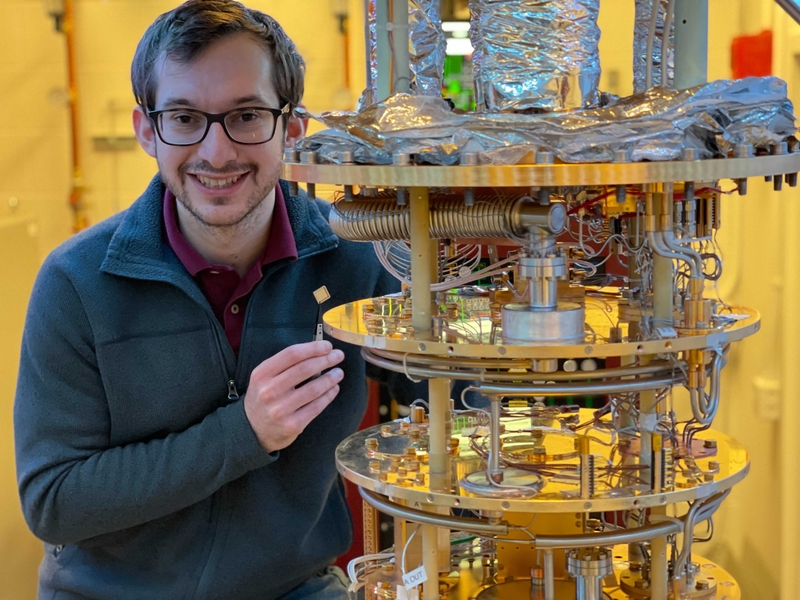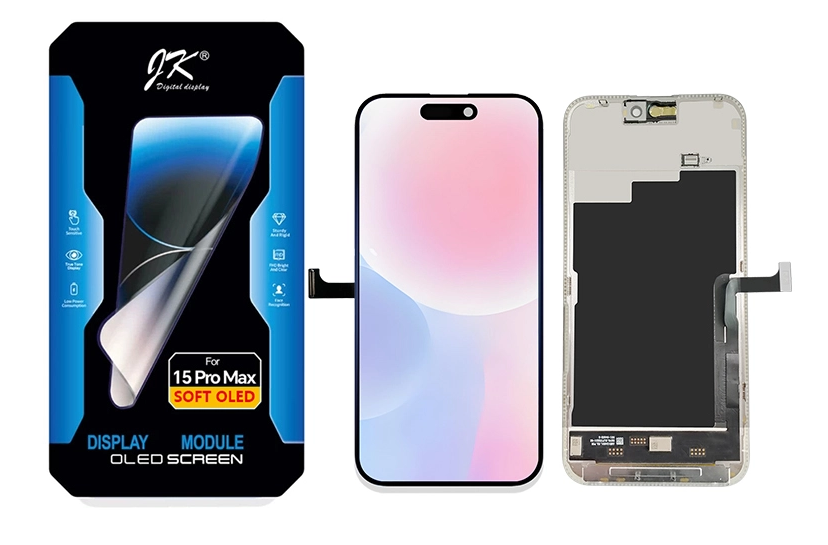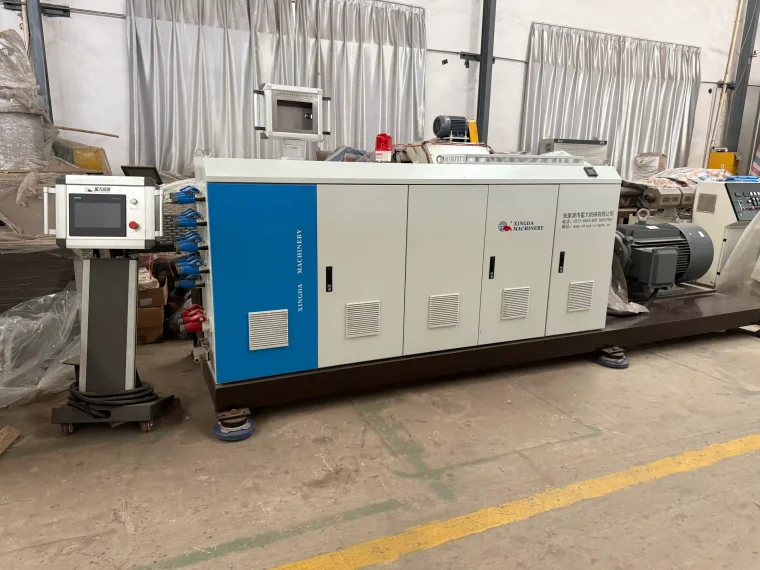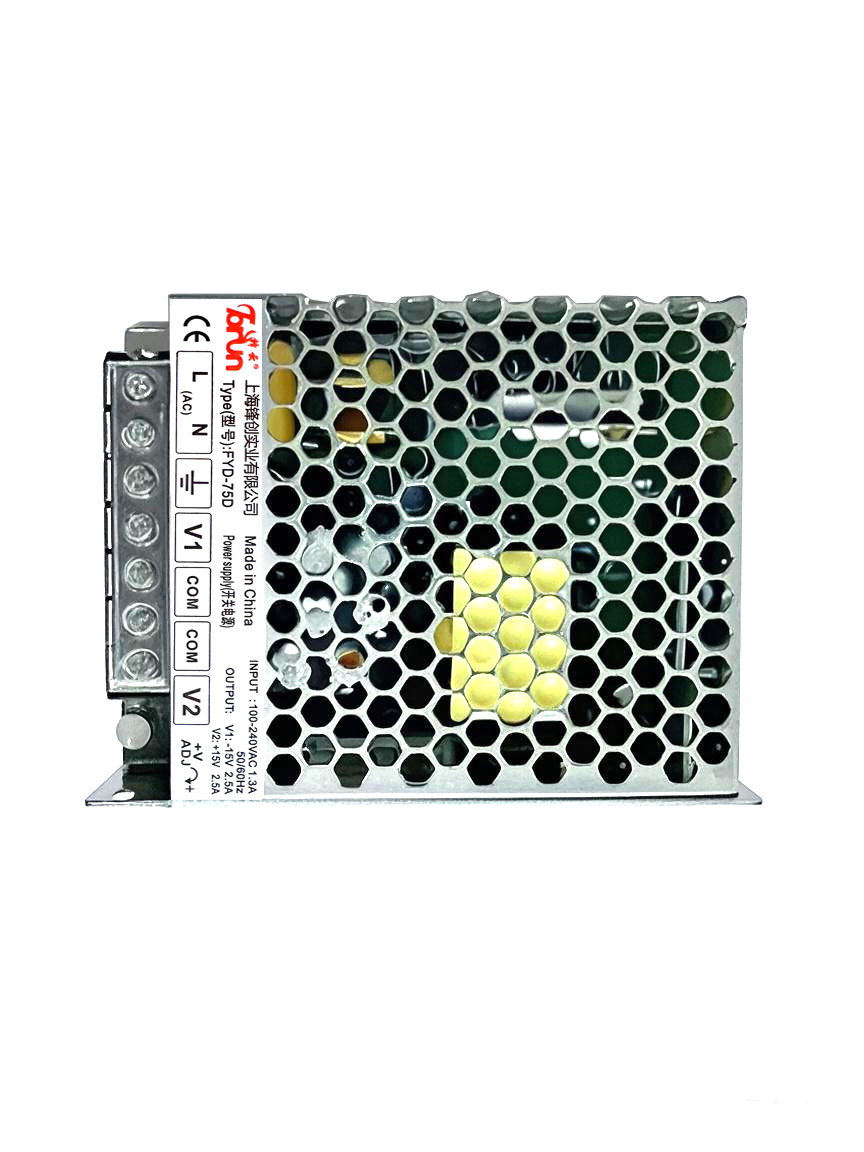Decoding the Digital World: An In-Depth Exploration of Electronic Devices in Computers

In the realm of technology, the term 'electronic devices in computers' is a broad one, encompassing a multitude of components that work in harmony to make our digital experiences possible. These devices, each with their unique functions, are the lifeblood of the modern computer, driving everything from basic operations to complex computational tasks. This article aims to delve into the intricacies of these devices, shedding light on their roles, functionalities, and the cutting-edge advancements that are shaping their future.
The Heart of the Matter: Central Processing Unit (CPU)
The CPU, often referred to as the 'brain' of the computer, is an electronic device that executes instructions of a computer program by performing basic arithmetic, logical, control, and input/output operations. Modern CPUs are microprocessors, meaning they are contained on a single integrated circuit (IC) chip. Advances in CPU technology, such as multi-core processing and quantum computing, are continually pushing the boundaries of what computers can achieve.
The Memory Keepers: RAM and ROM
Random Access Memory (RAM) and Read-Only Memory (ROM) are two types of memory devices in a computer. RAM, a volatile memory, temporarily stores data that the CPU can access and manipulate. In contrast, ROM, a non-volatile memory, permanently stores instructions for the computer, such as the firmware that boots the computer. The evolution of these memory devices, particularly the move towards solid-state drives (SSDs), is significantly enhancing computer performance and reliability.
The Communicators: Input and Output Devices
Input devices like keyboards, mice, and scanners, convert user actions into electronic signals that the computer can process. Output devices, such as monitors and printers, translate the computer's electronic data into human-perceivable form. The advent of touchscreens, virtual reality (VR) headsets, and other innovative input/output devices are revolutionizing the way we interact with computers.
The Connectors: Motherboard and Buses
The motherboard is the main circuit board of a computer, housing the CPU, memory, and expansion slots, and is responsible for facilitating communication between all hardware components. Buses, on the other hand, are subsystems that transfer data between computer components or between computers. Developments in motherboard technology and bus architectures are crucial for improving data transfer speeds and overall system performance.
The Power Providers: Power Supply Unit (PSU)
The PSU converts the alternating current (AC) power from the outlet into direct current (DC) power for the computer components. With the growing demand for energy-efficient and environmentally-friendly technology, PSUs are evolving to deliver cleaner, more efficient power to computers.
In conclusion, electronic devices in computers are the building blocks of our digital world. They are constantly evolving, driven by relentless innovation and technological advancements. Understanding these devices and their roles not only provides insight into how our digital devices function but also sheds light on the future of computing technology. As we move forward into an increasingly digital age, these electronic devices will continue to shape our experiences and redefine the boundaries of what is possible.




